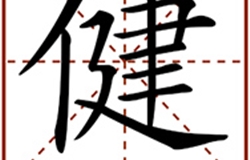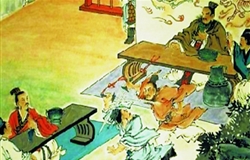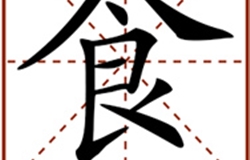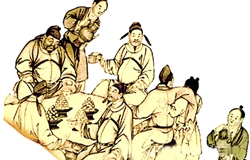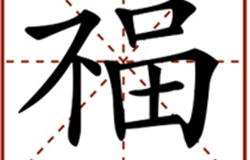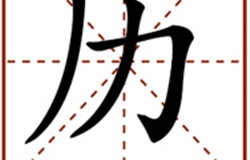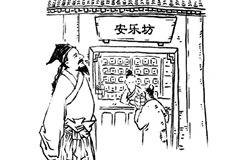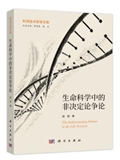Culture
-
Ancient separate-serving dining can be seen in the painting “The Banquet at Hongmen,” a depiction of the famous historical event he…[详细]04-14-2020
-
The Four Treasures of the Study Photo: FILE It is generally believed that the term wenfang (a study room) dates back to the Sou…[详细]04-07-2020
-
This character refers to writing implements such as pens, pencils or brushes. The upper part of this character symbolizes bamboo while the lowe…[详细]04-07-2020
-
Tusu wine was a daily drink among families during Spring Festival in ancient times. Photo: FILE Two thousand years ago, a typhoi…[详细]03-31-2020
-
In 1619, Charles de l’Orme, the chief physician to Louis XIII, invented a protective suit for plague doctors based on the belief that con…[详细]03-24-2020
-
Su Shi and the Anle House he founded in the Northern Song Dynasty photo: LEGAL DAILY Su Shi’s life has an indissoluble bon…[详细]03-17-2020
- In 221 BCE, the Qin wars of conquest brought an end to the Warring States Period, a tumultuous era marked by…MORE
- The tradition of painting coffins is deeply rooted in Han culture, and the origin of the lian-bi patterns ca…MORE
- China’s Great Wall dates back as early as to the Spring and Autumn period.MORE
- The Miaodigou culture was viewed as the heyday of painted pottery.MORE
- Xu Zhimo was known for his efforts to set Chinese poetry free from the constraints of its traditional forms,…MORE
-
Let me state that I am against a certain “apologetic” stance taken by the entire field of the humanities r…[详细]

